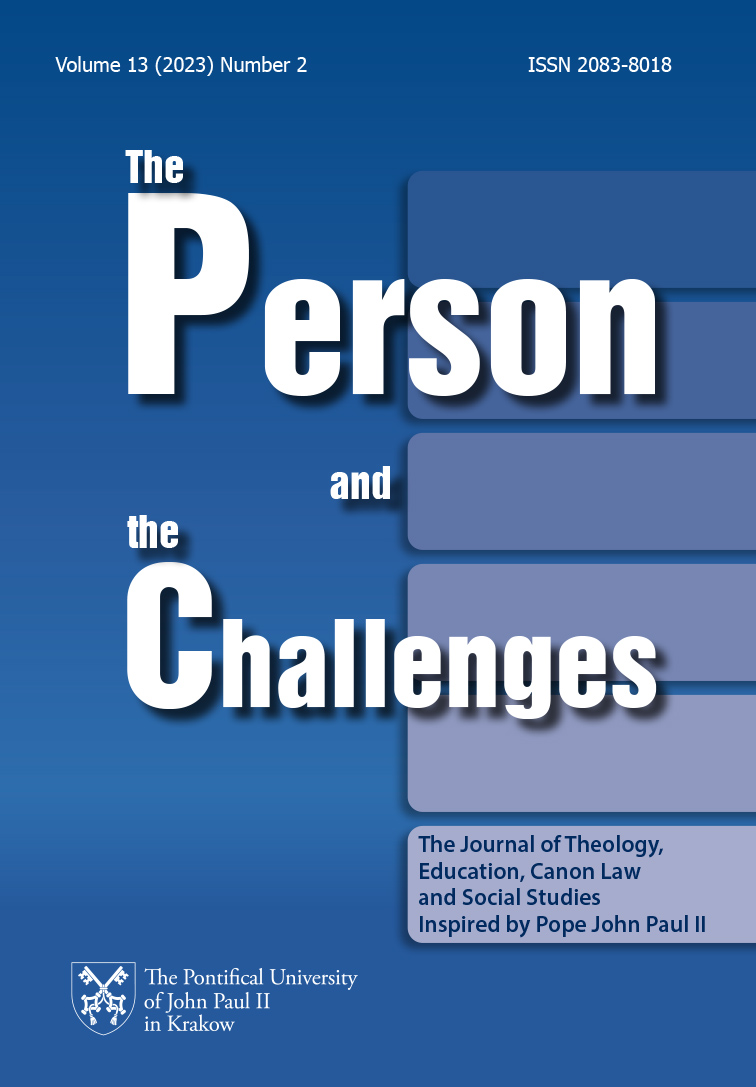A Study of Sensing (S) and Intuition (N) Personality Characteristics in Selected Business School Students in Gujarat State
DOI:
https://doi.org/10.15633/pch.13216Słowa kluczowe:
intuition, sensing, personality, NERIS Type Explorer® Scale, MBTIAbstrakt
Personality is one of the utmost important assets of an individual which aids in categorizing the bounds of success, happiness and achievement in our life[1]. The study explores the sensing and intuitive personality dimensions of selected business school students across Gujarat state. Further, the study explores statistical differences in terms of various demographic aspects. NERIS Type Explorer® Scale was used to check the personality type of a total of 1067 management students. 69.5 per cent (742) of the respondents have a Sensing (S) personality dimension compared to 30.5 per cent (325) Intuition (N) personality dimension as dominating type. The conclusions of this research study are also reinforced by past research work which confirms that there are noteworthy differences between Sensing (S) and Intuitive (N) personality dimensions regarding selected demographic variables.
Bibliografia
Abrams A., Seven Reasons to be Proud to be an Introvert, 2017, www.psychologytoday.com/blog/nurturing-self-compassion/201706/seven-reasons-be-proud-be-introvert (22.12.2020).
Amichai-Hamburger Y., Internet and Personality. Computers in Human Behavior, 2002, 18. 1-10. 10.1016/S0747-5632(01)00034-6.
Amiel and Sargent, Individual Differences in Internet Usage Motives, “Computers in Human Behavior” (2004), pp. 711–726.
Bernstein E., Not introvert, nor extrovert: The adaptable ambivert, “Wall Street Journal” (2015), pp. 1–3.
Bidjerano T. & Dai D., The relationship between the Big-Five model of personality and self-regulated learning strategies. Learning and Individual Differences, 2007, 17. 69-81. 10.1016/j.lindif.2007.02.001.
Cain S., Quiet: The power of introverts in a world that can’t stop talking. New York 2013: Broadway Paperbacks.
Cattell R. B., Personality and Learning Theory: The Structure of Personality in its Environment (vol. 1), New York 1979: Springer.
Cloninger S., Conceptual issues in personality theory. The Cambridge Handbook of Personality Psychology (3–26). New York 2009: Cambridge University Press.
Costa P. T., & Widiger A. T., Personality Disorders and the Five-Factor Model of Personality, Washington 2002: American Psychological Association.
Costa P. & McCrae R., Personality in Adulthood: A Five-Factor Theory Perspective. Management Information Systems Quarterly – MISQ, 2002. 10.4324/9780203428412.
Hall A., Audience Personality and the Selection of Media and Media Genres, “Media Psychology” (2005), 7(4), pp. 377–398.
Jung C. G., Psychological types (H.G. Baynes, trans.) (Rev. ed.). Princeton, NJ 1976: Princeton University Press. (Original work published in 1921).
Laney M. O., The introverted advantage: How to thrive in an extrovert world, New York 2001: Workman Publishing.
Laney M. O., The Introvert Advantage, Canada 2002: Thomas Allen & Son Limited, pp. 28, 35. ISBN 0-7611-2369-5.
Leman P. T. and Timo L., Does Internet Use Reflect Your Personality? Relationship Between Eysenck’s Personality Dimensions and Internet Use, “Computers in Human Behavior” 26 (2010): 162; Hall, “Audience Personality”, 378.
Li N. & Barrick M. & Zimmerman R. & Chiaburu D., Retaining the Productive Employee: The Role of Personality, “The Academy of Management Annals” (2014). 8. 10.1080/19416520.2014.890368.
McCabe K. O., & Fleeson W., What is Extraversion For? Integrating Trait and Motivational Perspectives and Identifying the Purpose of Extraversion, “Psychological Science” (2012), 23, pp. 1498–1505.
Opt S. K. & Loffredo D. A., Rethinking communication apprehension: A Myers-Briggs perspective, “The Journal of Psychology” (2000), pp. 556–570.
Tieger P. D., Barron-Tieger B., Do what you are – discover the perfect career for you through the secrets of Personality Type (2nd ed.), New York 1995: Little, Brown and Company.
Widiger T. A. & Costa P. T., Jr., Five-Factor model personality disorder research, in: P. T. Costa, Jr. & T. A. Widiger (Eds.), Personality disorders and the Five-Factor model of personality, American Psychological Association 2002 pp. 59–87, https://doi.org/10.1037/10423-005.
Pobrania
Opublikowane
Numer
Dział
Licencja

Utwór dostępny jest na licencji Creative Commons Uznanie autorstwa 4.0 Międzynarodowe.
Autorzy publikujący w czasopiśmie udzielają jego wydawcy zgody o następującej treści:
- Autor zachowuje autorskie prawa majątkowe do utworu, a jednocześnie udziela wydawcy czasopisma zgody na jego pierwszą publikację w wersji drukowanej i wersji online na licencji Creative Commons Uznanie autorstwa 4.0 Międzynarodowe oraz zgody na wykonywanie opracowań, w tym przekładów.
- Autor ma możliwość udzielania zgody niewyłącznej na opublikowanie utworu w wersji, która ukazała się w czasopiśmie (np. zamieszczenia go w repozytorium instytucjonalnym lub opublikowania w książce), wraz z informacją o jego pierwszej publikacji w czasopiśmie.
- Autor może umieścić swój utwór online (np. w repozytorium instytucjonalnym lub na swojej stronie internetowej) jeszcze przed zgłoszeniem utworu do czasopisma.

